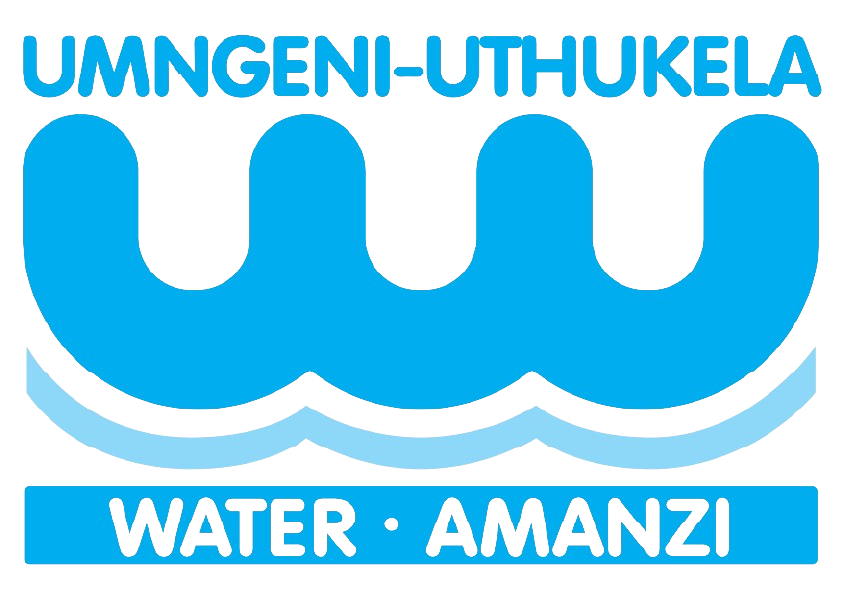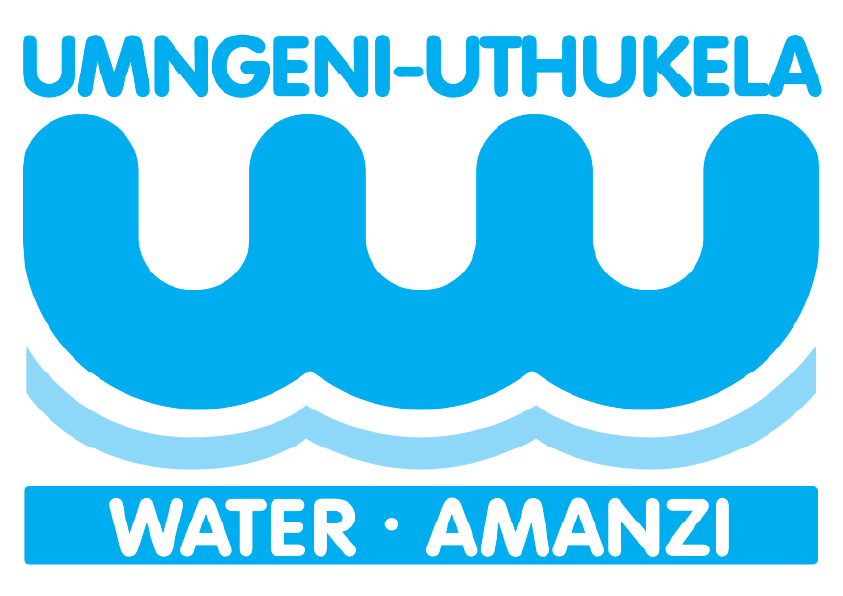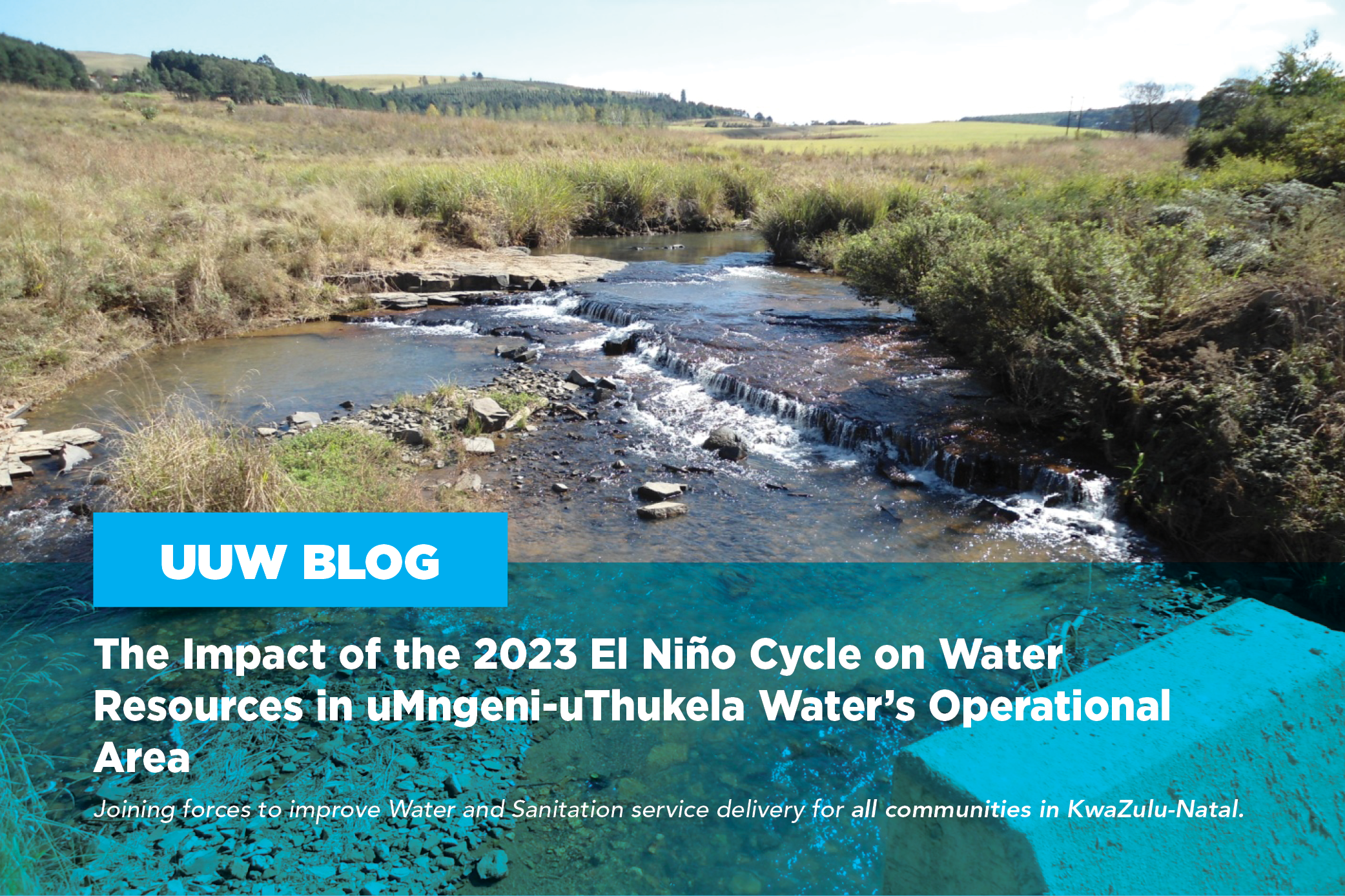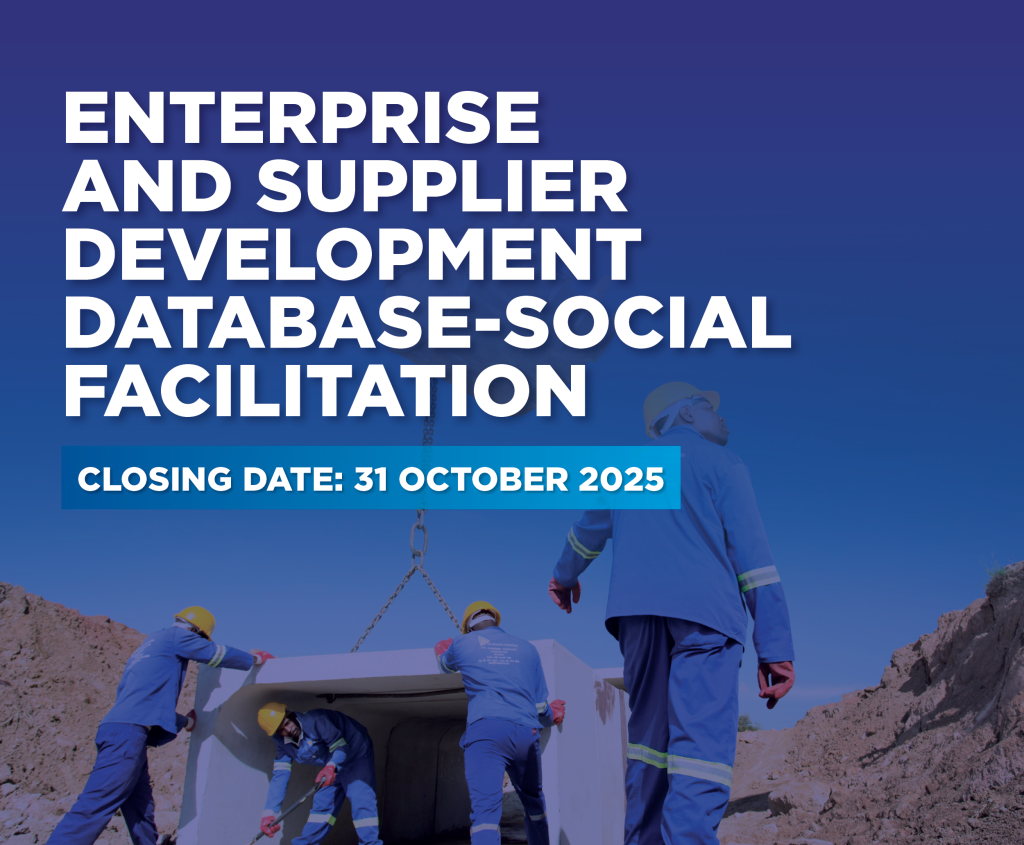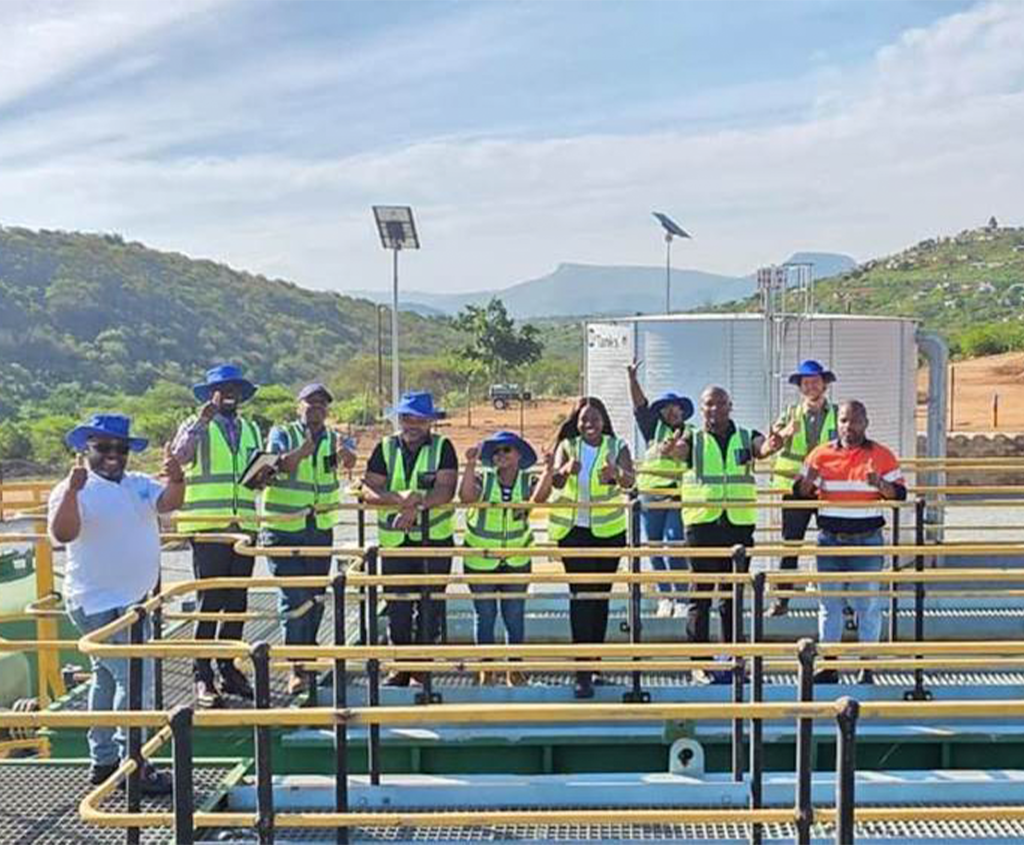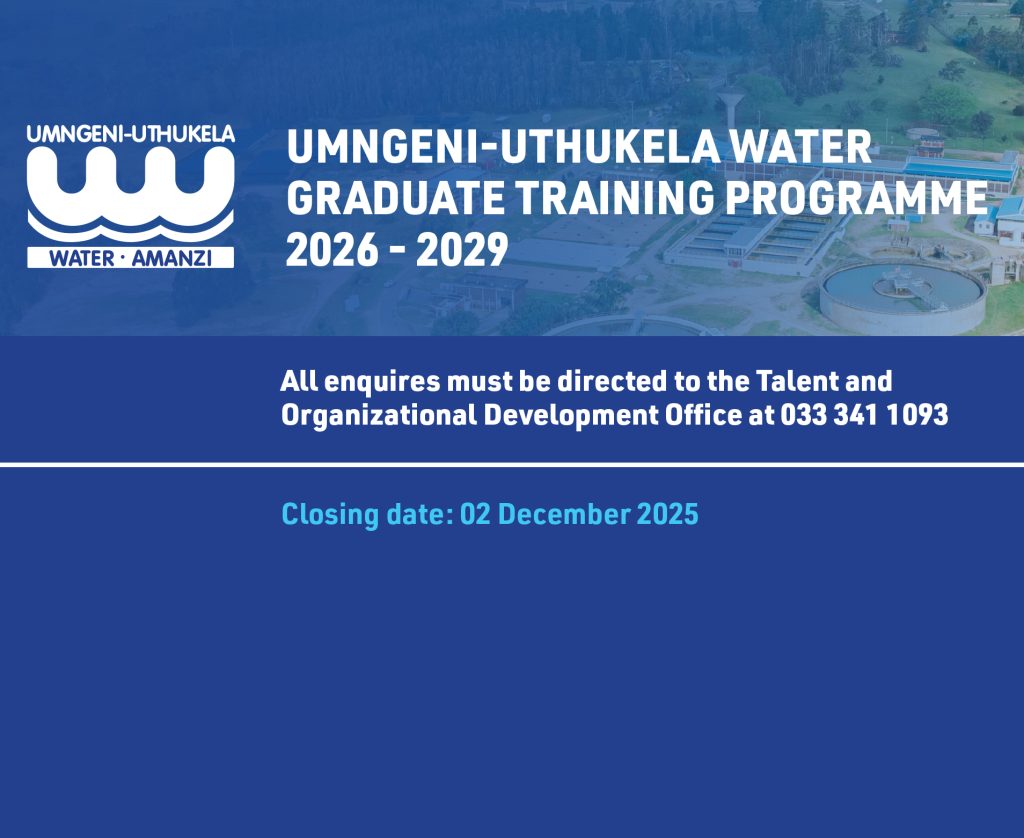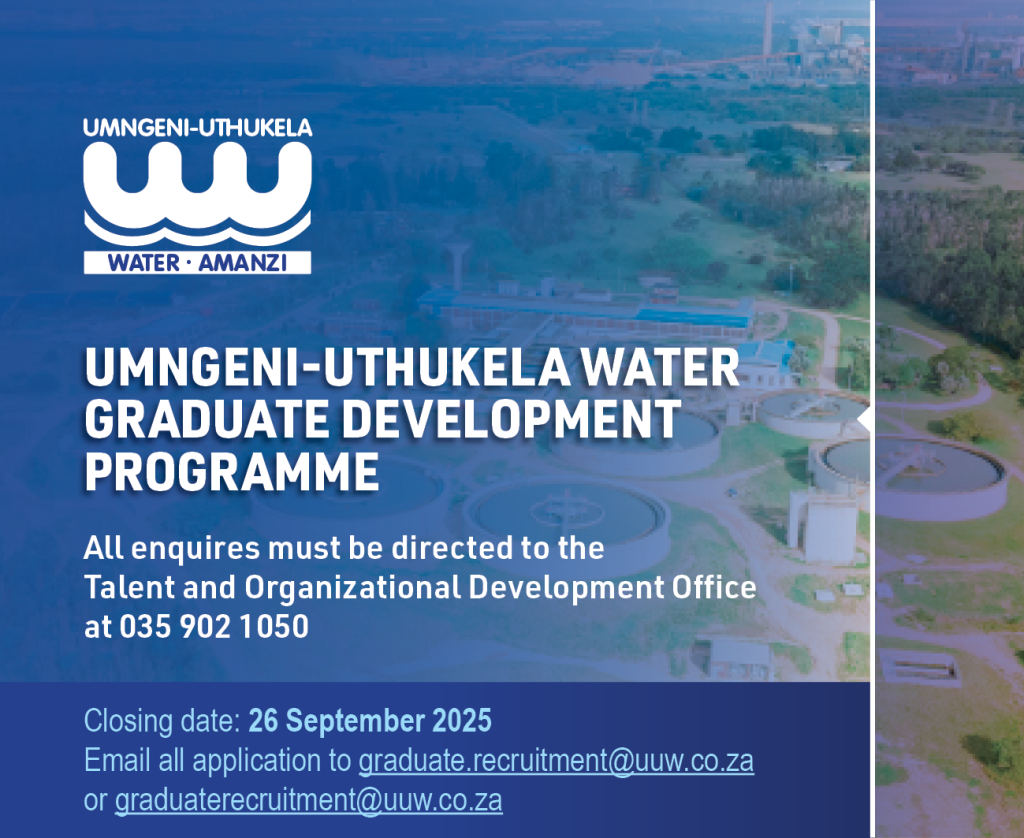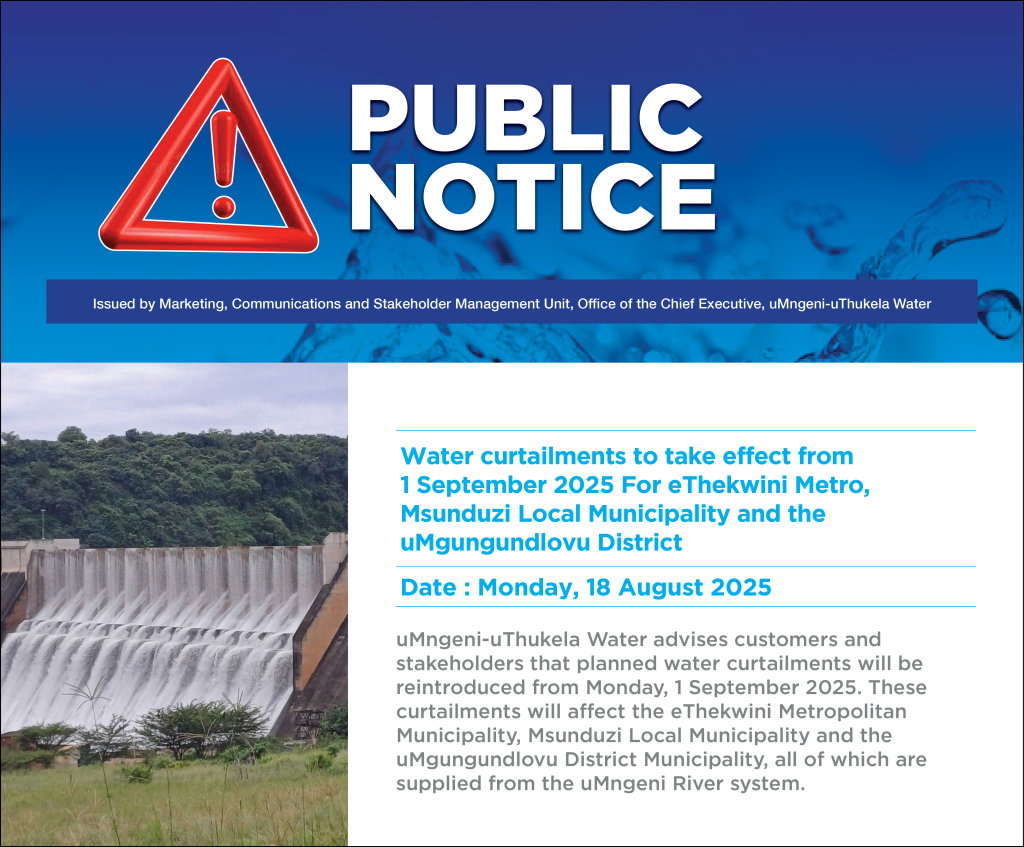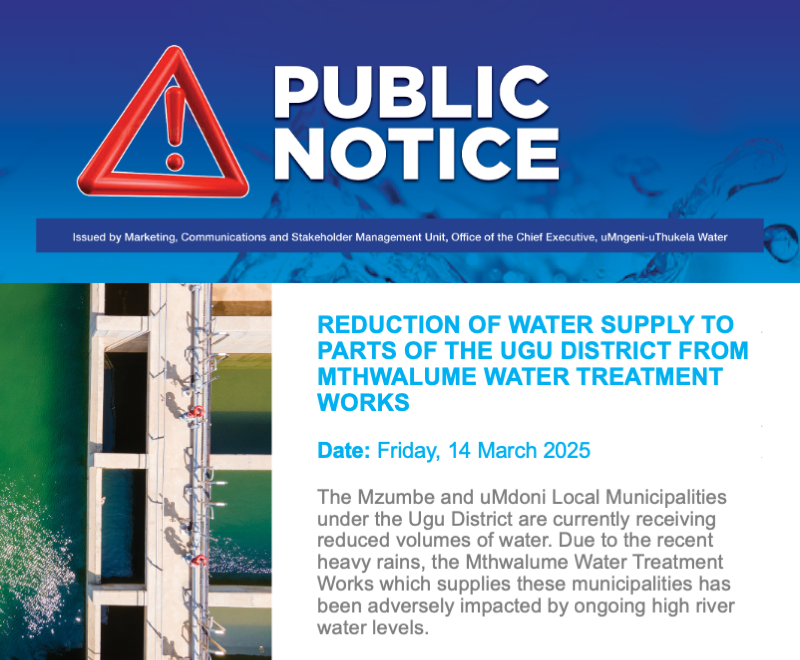The El Niño Southern Oscillation (ENSO) was in an El Niño state from July 2023 to June 2024. In Southern Africa, El Niño cycles are associated with hot and dry climatic conditions. Thus, a prolonged El Niño state often leads to the occurrence of droughts in Southern Africa, which are associated with various negative socioeconomic impacts, including loss of agricultural produce, water supply shortages, disease outbreaks, etc.
The 2023/24 El Niño cycle resulted in drought conditions for most of the Southern African Development Community, with countries such as Lesotho, Zambia, Zimbabwe, Namibia and Malawi respectively declaring a state of national disaster due to the below-average rainfall experienced during the summer season. Similarly, South Africa generally received below-average rainfall during the 2023/2024 summer season (i.e. October to March) with the exception of December 2023, where most of the summer rainfall region received normal to above-average rainfall (Figure 1). During October 2023, the eastern-coastal parts of the country notably received above-average rainfall due to a series of cut-off low-pressure systems which brought cool and wet conditions over the coastal areas. It is important to note, however, that although the total amount of rainfall was high in October 2023, this was over a few, large single-day events in between long dry and hot spells. The driest summer months were November and February.

Figure 1: South Africa’s rainfall distribution during the 2023/24 summer season (Source: SAWS).
The winter rainfall region, i.e. Western Cape, received above-average rainfall between April and July, except during May (Figure 2). The KwaZulu-Natal Province (summer rainfall region), i.e. uMngeni-uThukela Water’s (UUW) area of operation received below-average rainfall between May and August 2024. However, this had an insignificant impact on water resources as the quantity of rainfall received during this time of the year is minimal. In addition, the relatively above-average rainfall received along the Maluti-Drakensburg region (a key water source area for KZN) during April and June contributed to the relatively healthy water resource status observed in UUW’s area of operation. Furthermore, the above-average rainfall received in September improved dam storage levels before the beginning of the 2024/25 rainfall season.
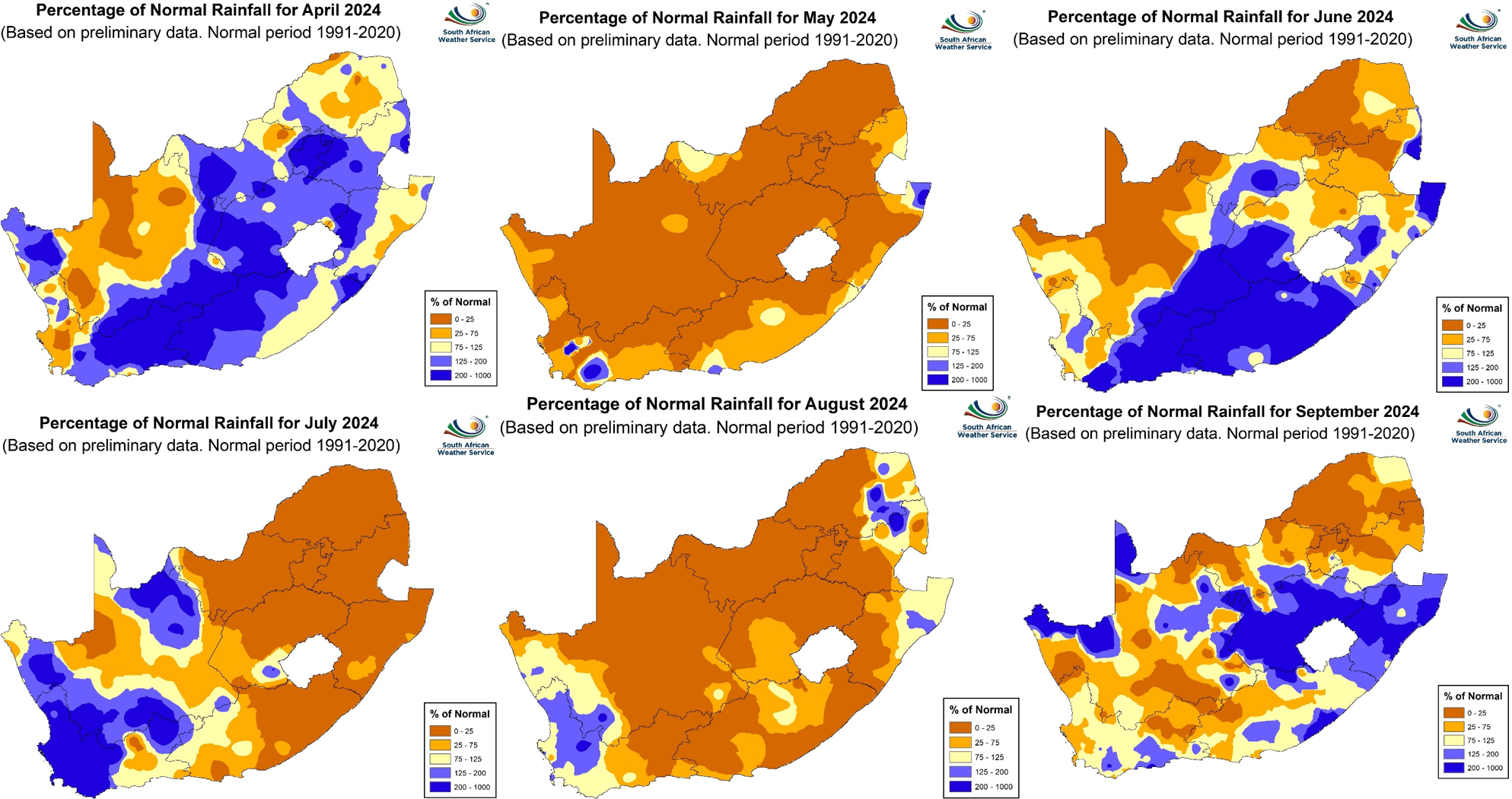
Figure 2: South Africa’s rainfall distribution during the 2023/24 winter season (Source: SAWS).
The rainfall maps shown above indicate that the 2023/24 El Niño cycle had a significant impact on rainfall distribution across South Africa, with many parts of the country receiving below-average rainfall for majority of the 2023/24 hydrological year (October – September). The eastern coastal belt, including UUW’s operational area, benefitted from a series of cut-off low-pressure systems which brought large short-duration rainfall events between long periods of hot and dry conditions. Although most dams in KwaZulu-Natal maintained relatively high storage levels during the 2023/24 season, it is important to note that the storage levels of some systems were slightly lower than the previous year (Figure 3). It is also important to note that various systems are experiencing excessive demand, infrastructure capacity constraints and water loss related issues which are currently a cause for concern.
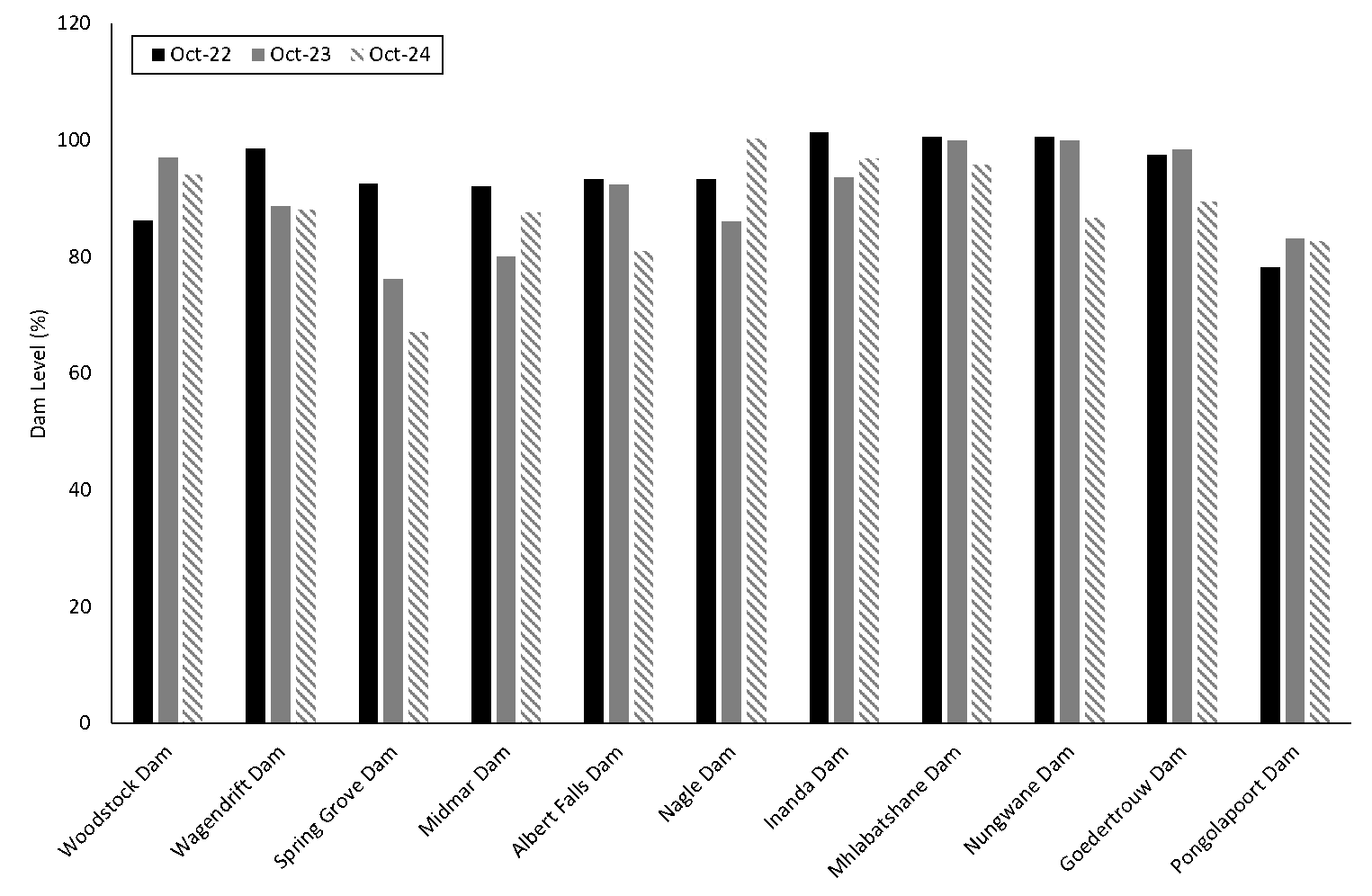
Figure 3: Comparison of the end of winter dam levels (01 October) of selected dams within UUW’s area of operation between 2022 and 2024.
According to the latest ENSO Outlook by the International Research Institute for Climate and Society (IRI), neutral conditions persist in the equatorial Pacific Ocean, while the multi model-based ENSO forecast suggests borderline La Niña conditions from early to mid-summer (Figure 4). La Niña cycles bring about cool and wet weather conditions in Southern Africa. Therefore, it is important to monitor the ENSO signal as La Niña-induced excessive rainfall may result in flooding.
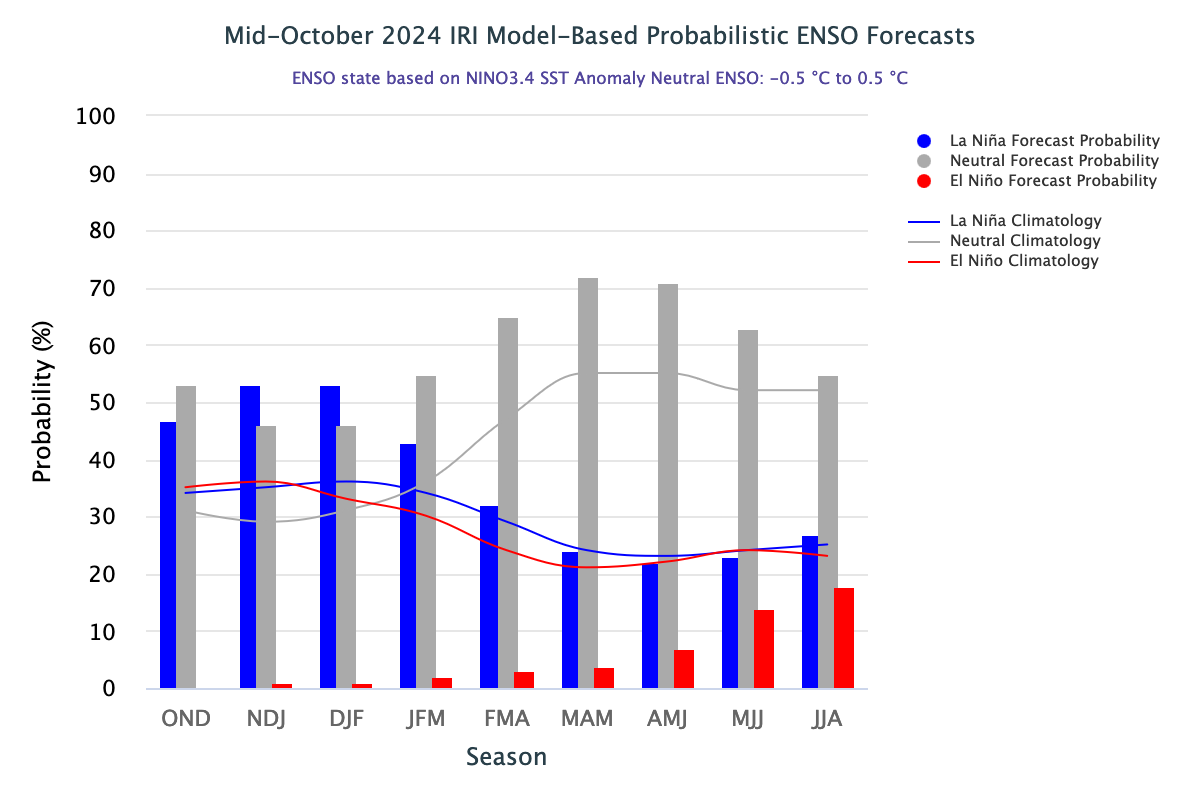
Figure 4: IRI multi-model based ENSO forecast.
Although 2023/24 El Niño cycle had minimal impact on UUW-operated water resources infrastructure, water demand continues to grow and already exceeds available supply in some systems. For example, water demand in the uMngeni System exceeds UUW’s licenced abstraction volume, which is a major concern. Water users are encouraged to implement demand-side water resources management strategies such as reusing water for non-potable purposes and fixing household leaks. uMngeni-uThukela Water will continue to monitor the development of the La Niña signal and the next update will be issued in January 2025.
